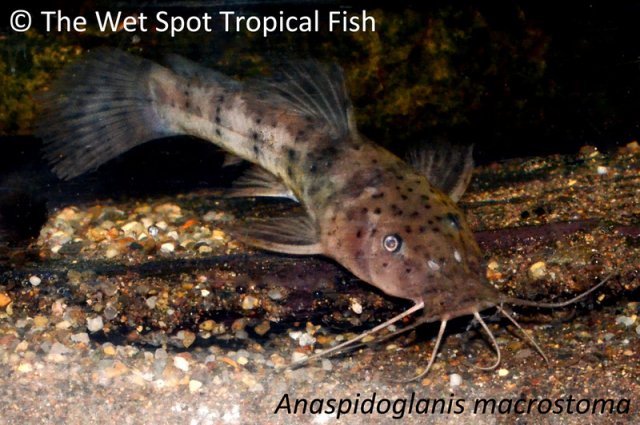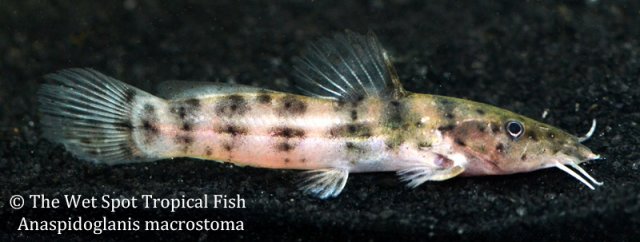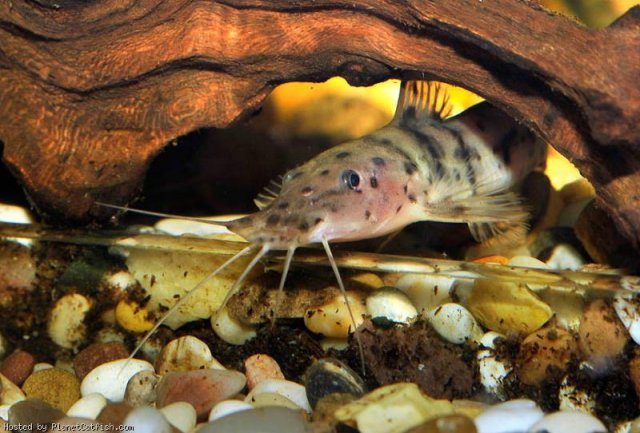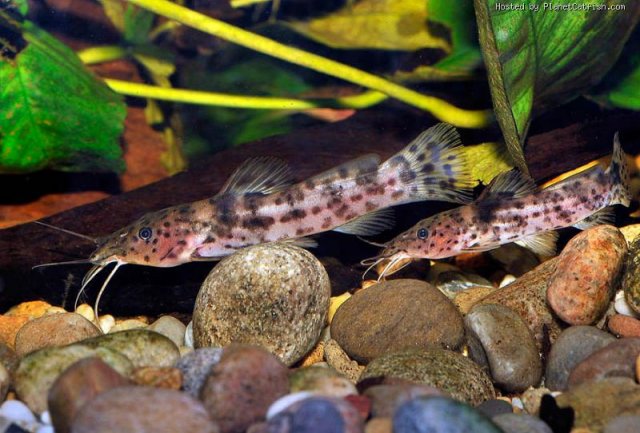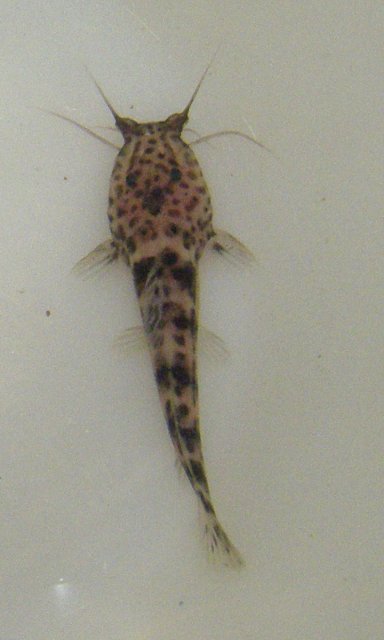I have no experience with notogladinium species but have kept 4 species of parauchenoglanis-p.balayi, p. macrotoma, p. ngamensis and p. guttatus. It seems that p. guttatus do stay small, around 8". I have 5 of 'em I received in February @ 1 1/2" and now are around 3" so kind of slow growing, very nocturnal, almost never see 'em. Easily fed on flakes, pellets and frozen cubes of brine shrimp & black worms. I should mention that among parauchenoglanis and including notoglanidium they can be hard to I.D. as juveniles as they are so similar. P. balayi probably stay smaller, lost mine after a year or so @ 4". P macrostoma and p. ngamensis grow much larger and faster, to around 18" after 2 years or more. Some of my fish can be seen @ PlanetCatfish in the Cat-eLog under claroteidae-parauchenoglanis. These species seem to do well in slightly lower PH like 6.5 and water temps around 74 degrees. Notoglanidium sp. seem to be more common and usually cheaper as a rule, parauchenoglanis sp. are rarely imported and would be considered rare or almost never available, depending on species...



